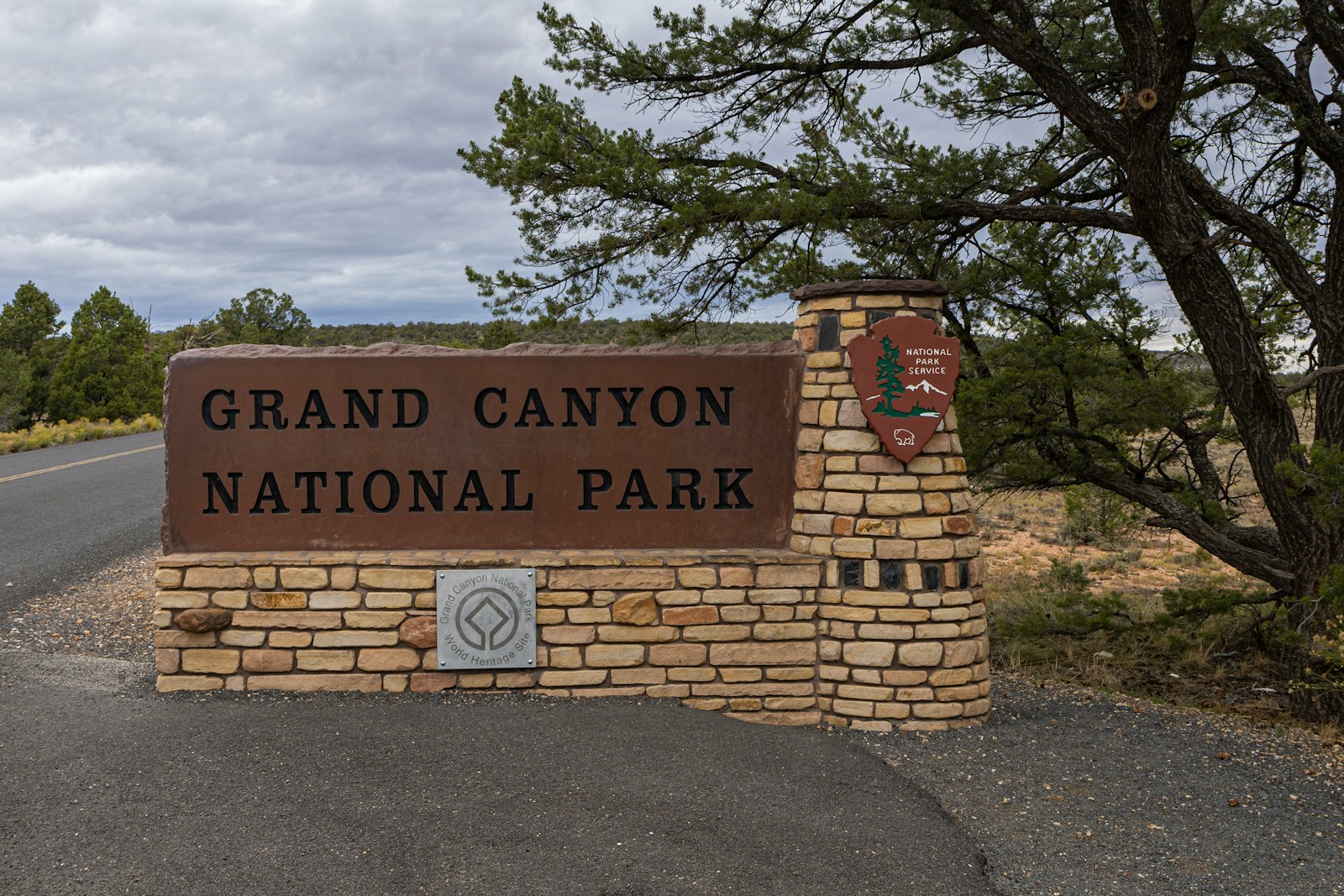Here’s How Donald Trump Is Hurting the Environment, Reversing Decades of Bipartisan Progress
 https://climatecrisis247.com/wp-content/uploads/2025/05/fgewqovtwby-150x150.jpg
https://climatecrisis247.com/wp-content/uploads/2025/05/fgewqovtwby-150x150.jpgIn just 100 days, President Trump’s second term has already unleashed the most aggressive series of environmental rollbacks in U.S. history. Through a rapid-fire blitz of executive orders, agency purges, and regulatory repeals, the administration has moved to weaken protections for clean air, water, public lands, oceans, endangered species, and the climate, reversing decades of bipartisan environmental progress. With over 145 distinct actions already initiated, the administration is moving faster than courts, Congress, and the public can respond, reshaping not just policy, but the entire federal architecture of environmental governance.
DOGE backlash? The Federal Departments Americans Want To Keep
Dying for air? Climate Activism Is Turning Deadly In These Cities
While many of these moves face legal challenges, the cumulative effect is already being felt. Climate monitoring infrastructure has suffered, industries have divested from clean energy projects, and thousands of federal workers are without a job. While the full effects of Trump’s first 100 days are still being input into future emissions forecasts, we compiled the second Trump administration’s 10 most significant actions against the environment.
10. Opened 120 million acres to oil, gas, and mining

Just days into his second term, President Trump signed a series of executive orders unlocking over 120 million acres of federal land and offshore waters for fossil fuel extraction. By mid-February, the Department of the Interior began fast-tracking permits, reducing environmental review times from years to as little as 28 days. The new leases are projected to generate up to 250 million metric tons of additional CO₂ annually — roughly equivalent to emissions from 55 million gas-powered cars.
9. Rolled back 31 EPA rules in one day

On March 12, the EPA launched a sweeping deregulatory blitz, announcing 31 actions to weaken or repeal pollution limits for power plants, vehicles, and hazardous chemicals. Among them was a rollback of mercury standards projected to cause up to 11,000 premature deaths, 130,000 asthma attacks, and 5,000 heart attacks per year, according to prior EPA estimates. This marked one of the single most aggressive days of environmental deregulation in U.S. history.
8. Fired over 120,000 federal workers

In late January, the Trump administration began mass terminations across federal agencies, ultimately firing 121,000 public employees, including researchers and regulators at NOAA, NASA, EPA, and USDA. According to one former director, NOAA lost 27,000 years of combined scientific experience as a result of the widespread layoffs. By March, balloon launches had been halted in 14 states, and at least 7 climate monitoring programs had been shut down due to staffing shortages.
7. Re-initiated US withdrawal from Paris climate agreement

On Jan. 22, President Trump reinitiated the U.S. withdrawal from the Paris Climate Agreement, with formal exit scheduled for 2026. Just weeks later, the EPA missed its April 15 emissions reporting deadline to the United Nations, the first lapse in 30 years. Analysts project that federal backtracking on climate pledges could result in an additional 5.1 billion metric tons of CO₂ emissions by 2035, reversing decades of diplomatic and environmental progress.
6. Shut down federal environmental justice offices

In early February, the Department of Justice ordered the closure of all federal environmental justice offices, including those within the EPA, HHS, and USDA. Soon after, the EPA froze $370 million in community grants and took offline its EJScreen tool, which had helped map pollution burdens across disadvantaged communities. At least 43 community-led clean energy and resilience projects were delayed or canceled.
5. Cut 13% of NPS staff and opened forests to logging

In February, the National Park Service laid off 1,000 employees, a 13% staff cut, while the U.S. Forest Service lost 10% of its workforce. By March, Trump signed an order to open 110 million acres of forest -- much of it old-growth -- to logging interests. These changes hit as park visitation continued to climb, up 20% since 2020, straining infrastructure and leaving some parks with shutdown-era staffing levels.
4. Froze $22 billion in climate-smart farm funding

In March, the administration froze all unspent funds from the Inflation Reduction Act’s conservation programs, halting $2 billion in aid promised to 22,000 farmers. The USDA canceled the Climate-Smart Commodities initiative and rebranded it with new ideological guidelines, requiring recipients to remove “DEIA and far-left climate features” from their projects. Lawsuits seeking to restore access to the blocked funds are pending.
3. Moved to sunset Clean Air and Water protections

In April, Trump issued an executive order requiring agencies to review and sunset all environmental rules in place under 25 laws, including the Clean Air and Water Acts, unless actively renewed by Congress. The move threatens regulations on smog, soot, and coal ash that collectively prevent up to 25,000 premature deaths per year.
2. Removed marine protections from 600,000 square miles of ocean

In late March, the Trump administration revoked protections for more than 600,000 square miles of U.S. ocean territory, including zones designated for conservation and carbon storage. Habitats for more than 100 endangered species are now open to drilling and mining, as well as seagrass and kelp beds that are critical for blue carbon capture. Deep-sea mining approvals are expected to begin as early as summer 2025.
1. Issued 145 environmental rollbacks in 100 days

From Jan. 20 to April 29, the Trump administration issued 145 actions undoing clean air, water, and climate protections, more than the entirety of environmental rollbacks issued in his first term. The blitz included canceling FEMA’s $1 billion disaster resilience fund, freezing the $27 billion Greenhouse Gas Reduction Fund, and suspending pipeline safety and wildfire mitigation rules. Experts warn the sheer volume of rollbacks is designed to overwhelm opposition, with long-term emissions and public health consequences locked in for decades.
More from ClimateCrisis 247
- Expect Severe Thunderstorms In These Cities This Weekend
- From Texas To Illinois, These Are the Cities Where Flooding Is the Worst Right Now
- States Where Gas Price Are Falling the Fastest; See Where Prices Fell 8% in One Month
- From Forest to Desert, These Are The Cities That Will Look Completely Different by 2080
